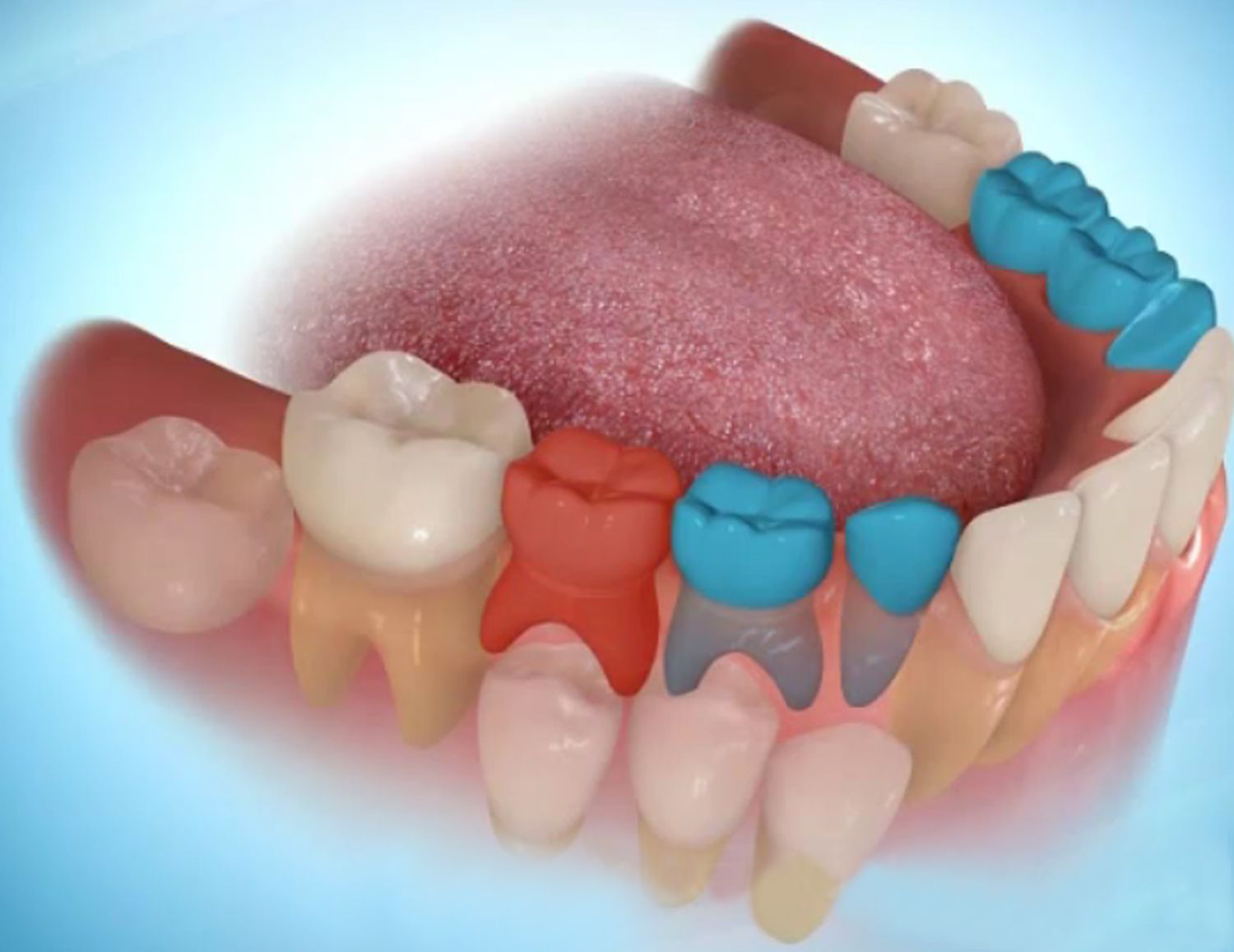
Milk teeth play a particularly important role both in the child's diet and in the process of harmonious development of the dentomaxillary apparatus. Premature extraction of milk teeth can lead to positional abnormalities and disturbances in the development of permanent teeth.
Maintaining temporary teeth on the arches until their replacement with permanent teeth requires special hygiene and regular visits to the dentist to maintain the health of these temporary teeth, especially as their resistance to decay is lower.
Naturally, as permanent teeth develop and prepare for eruption, the roots of baby teeth undergo a progressive resorption (rhizalysis) process. At certain ages the temporary teeth mobilise and are sometimes spontaneously expelled. If the expulsion does not occur spontaneously, the mobility of the tooth is so pronounced that it is extracted without any difficulty by the dentist or even by the child's parents.
Before the normal replacement period, temporary tooth extraction is recommended only if it causes local or general complications. Baby teeth are extracted only in the following cases:
- Movable baby teeth, due to root resorption during the replacement period - extraction is done when the degree of mobility is very high and it disturbs chewing
- Baby teeth have complicated cavities, which cannot be treated by proper treatment, and which cause local or general infections.
- Temporary teeth have suffered traumatic injuries: root fractures, complete dental dislocations, which cannot be replanted
- Temporary teeth cause eruption disorders of permanent teeth: teeth that remain on the arch after the period of physiological eruption of permanent teeth, preventing their eruption.
In all these cases, your dentist will recommend an X-ray to check whether or not there is a permanent tooth bud, its position and degree of development inside the jawbone. In the absence of a permanent tooth bud, the baby tooth is preserved and continues to fulfil its functional role.
Any extraction done under these conditions must be followed by the fitting of a space maintainer - devices that prevent the migration of antagonist teeth, as well as the closure of the edentulous gap by the neighboring teeth and maintain the space needed for the eruption of the permanent tooth.
 RO
RO  EN
EN 